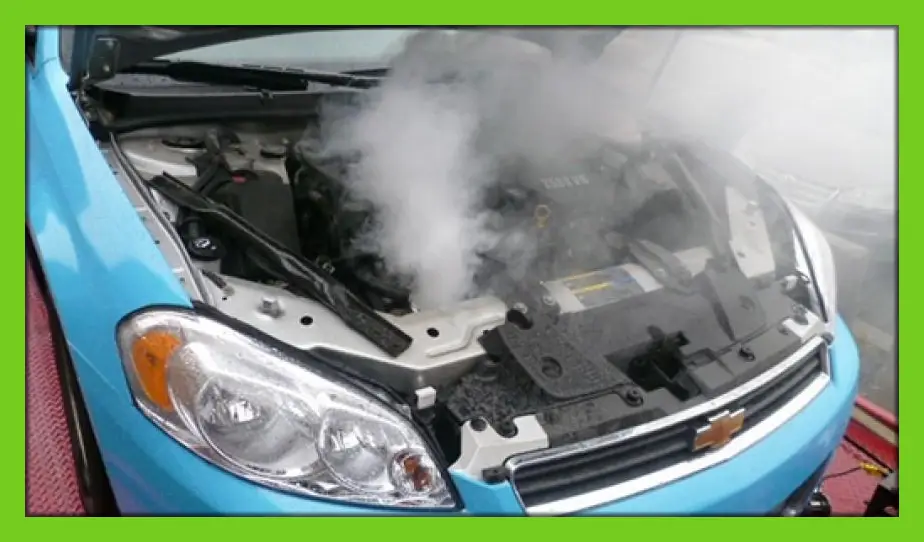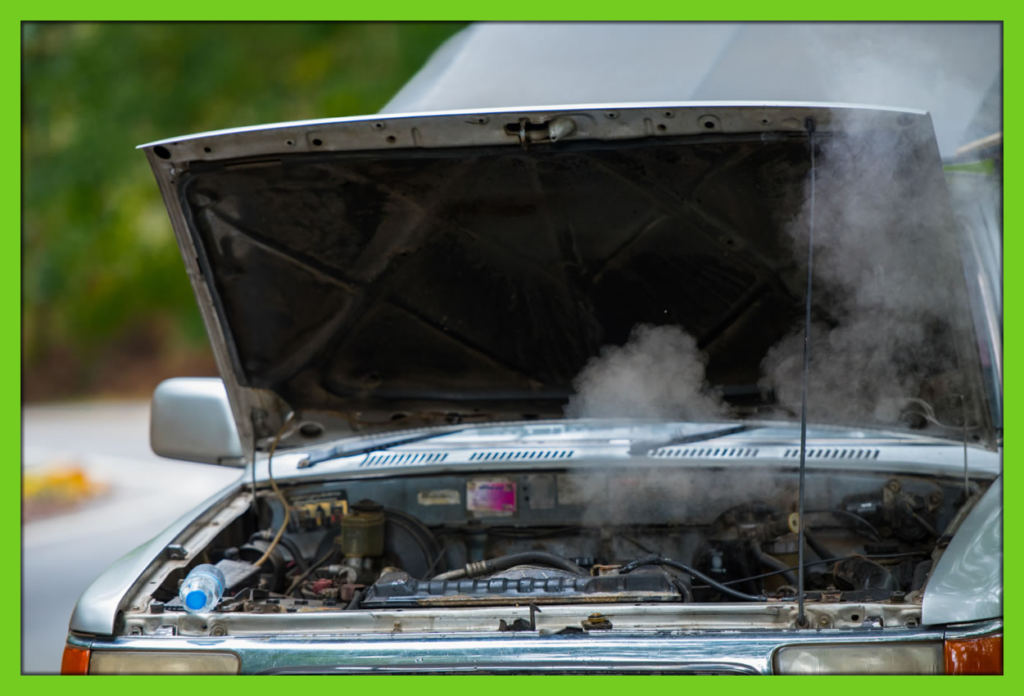Share:
Explore More Topics
Vehicle Overheating: Tips and Prevention

Seeing the temperature gauge on your dashboard spike into the red zone can be alarming. An overheating vehicle not only signals potential damage to your engine but also puts your safety at risk. Here’s a comprehensive guide on what to do when your vehicle overheats and how to prevent it from happening in the first place.

What Causes Overheating?
Understanding the causes of overheating can help you prevent it:
- Coolant Issues: Low coolant levels, a coolant leak, or old coolant that needs replacement can lead to overheating.
- Faulty Thermostat: A malfunctioning thermostat may prevent coolant from circulating properly through the engine.
- Radiator Problems: A clogged radiator or radiator fan not working can hinder proper heat dissipation.
- Belts and Hoses: Cracked or worn belts and hoses can cause coolant leaks, leading to overheating.
- Driving Conditions: Extreme heat, heavy traffic, or towing heavy loads can strain your vehicle’s cooling system.
What to Do When Your Vehicle Overheats
If you notice your vehicle overheating, follow these steps to prevent serious damage:
- Pull Over Safely: As soon as you notice the temperature gauge rising, safely pull over to the side of the road or into a parking lot.
- Turn Off the Engine: This helps prevent further overheating and damage to the engine components.
- Let the Engine Cool: Pop the hood to help the engine cool faster. CAUTION: Do not attempt to open the radiator cap when the engine is hot, as it can release scalding steam and cause serious burns.
- Check Coolant Levels: Once the engine has cooled, check the coolant reservoir level. If it’s low, add coolant or distilled water (if coolant is not available) to the reservoir. Check your owner’s manual for the correct type of coolant to use.
- Inspect for Leaks: Look for any signs of coolant leaks under the vehicle. Inspect hoses, radiator, and water pump for visible damage or leaks.
- Restart with Caution: If the temperature gauge returns to normal after adding coolant and allowing the engine to cool, you may cautiously restart the engine. Monitor the temperature gauge and proceed to a service station or mechanic if the problem persists.
Prevention Tips
Preventing overheating can save you from costly repairs and potential accidents:
- Regular Maintenance: Schedule regular coolant flushes and checks as per your vehicle’s maintenance schedule.
- Monitor Coolant Levels: Check coolant levels regularly and top off as needed.
- Inspect Belts and Hoses: Look for signs of wear or damage and replace them promptly.
- Keep the Radiator Clean: Periodically clean debris and bugs from the radiator to ensure optimal airflow.
- Avoid Overloading: Avoid exceeding your vehicle’s towing capacity and be mindful of heavy loads, especially in hot weather.
- Watch the Temperature Gauge: Stay vigilant of your vehicle’s temperature gauge, especially during hot weather or long drives.
By understanding the causes of overheating, knowing what to do when it happens, and taking preventive measures, you can keep your vehicle running smoothly and safely on the road. Remember, if you’re unsure about handling overheating or suspect a more serious issue, it’s always best to consult with a qualified mechanic, like TNT Customs Auto Shop.
Stay cool and safe on the road!
